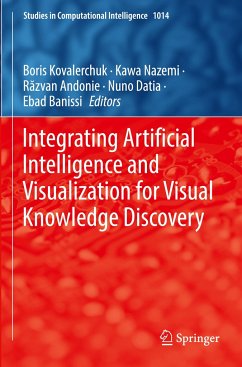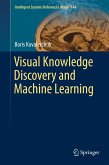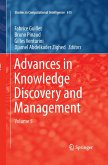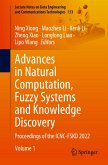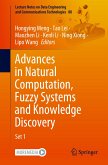This book is devoted to the emerging field of integrated visual knowledge discovery that combines advances in artificial intelligence/machine learning and visualization/visual analytic. A long-standing challenge of artificial intelligence (AI) and machine learning (ML) is explaining models to humans, especially for live-critical applications like health care. A model explanation is fundamentally human activity, not only an algorithmic one. As current deep learning studies demonstrate, it makes the paradigm based on the visual methods critically important to address this challenge. In general, visual approaches are critical for discovering explainable high-dimensional patterns in all types in high-dimensional data offering "n-D glasses," where preserving high-dimensional data properties and relations in visualizations is a major challenge. The current progress opens a fantastic opportunity in this domain.
This book is a collection of 25 extended works of over 70 scholarspresented at AI and visual analytics related symposia at the recent International Information Visualization Conferences with the goal of moving this integration to the next level. The sections of this book cover integrated systems, supervised learning, unsupervised learning, optimization, and evaluation of visualizations.
The intended audience for this collection includes those developing and using emerging AI/machine learning and visualization methods. Scientists, practitioners, and students can find multiple examples of the current integration of AI/machine learning and visualization for visual knowledge discovery. The book provides a vision of future directions in this domain. New researchers will find here an inspiration to join the profession and to be involved for further development. Instructors in AI/ML and visualization classes can use it as a supplementary source in their undergraduate and graduate classes.
This book is a collection of 25 extended works of over 70 scholarspresented at AI and visual analytics related symposia at the recent International Information Visualization Conferences with the goal of moving this integration to the next level. The sections of this book cover integrated systems, supervised learning, unsupervised learning, optimization, and evaluation of visualizations.
The intended audience for this collection includes those developing and using emerging AI/machine learning and visualization methods. Scientists, practitioners, and students can find multiple examples of the current integration of AI/machine learning and visualization for visual knowledge discovery. The book provides a vision of future directions in this domain. New researchers will find here an inspiration to join the profession and to be involved for further development. Instructors in AI/ML and visualization classes can use it as a supplementary source in their undergraduate and graduate classes.

